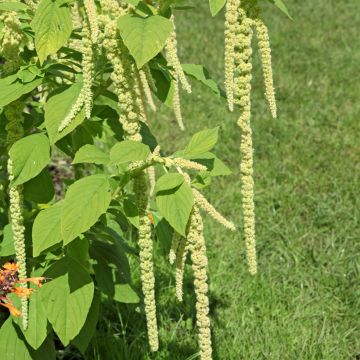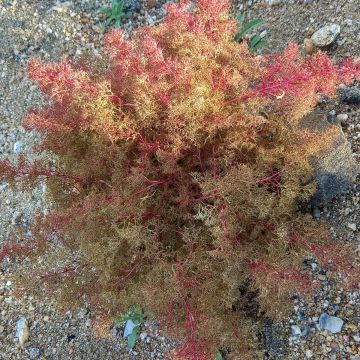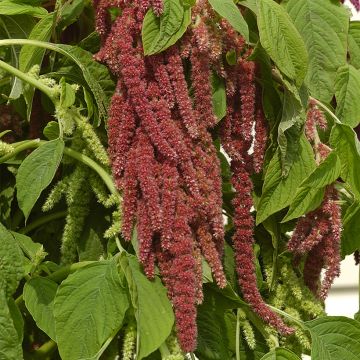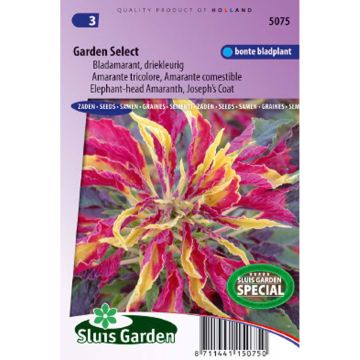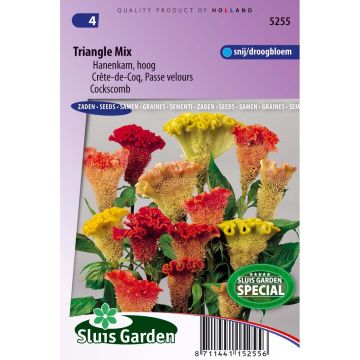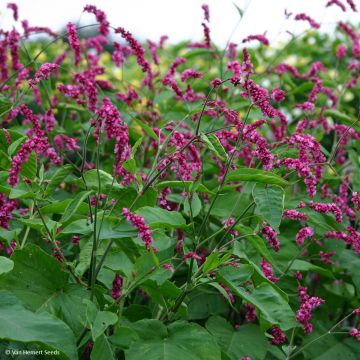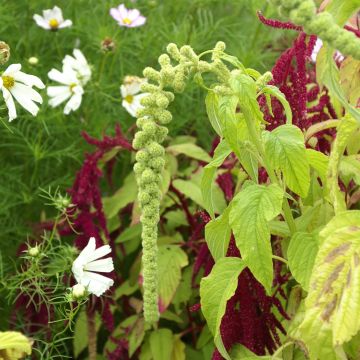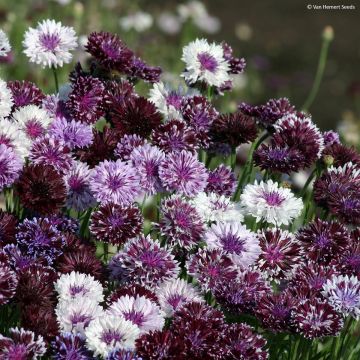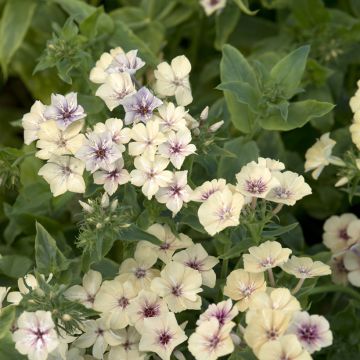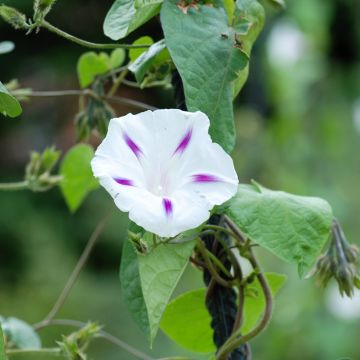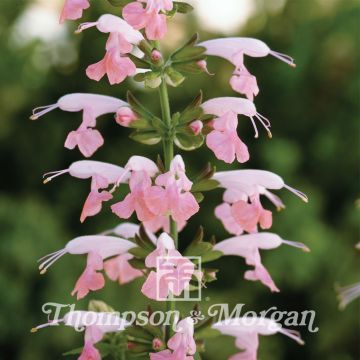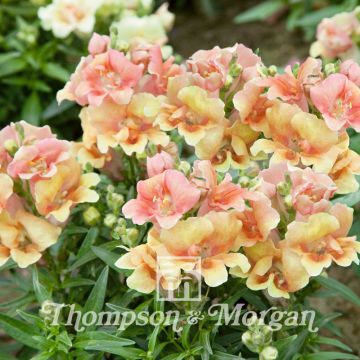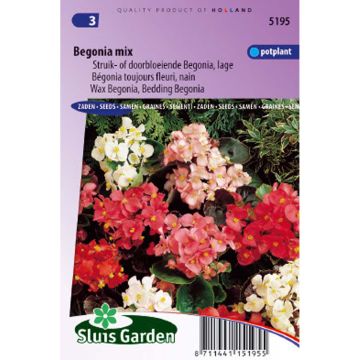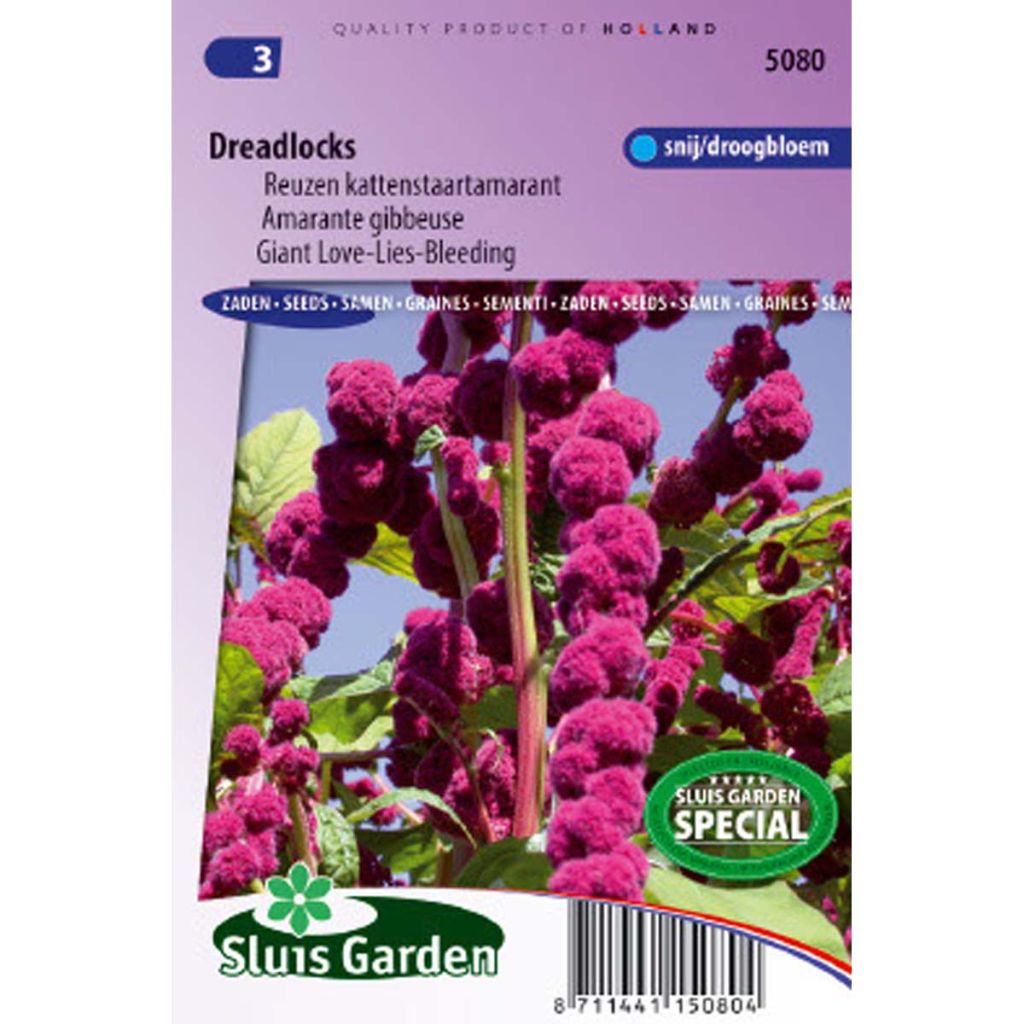

Amaranthus caudatus Dreadlocks Seeds - Love-Lies-Bleeding
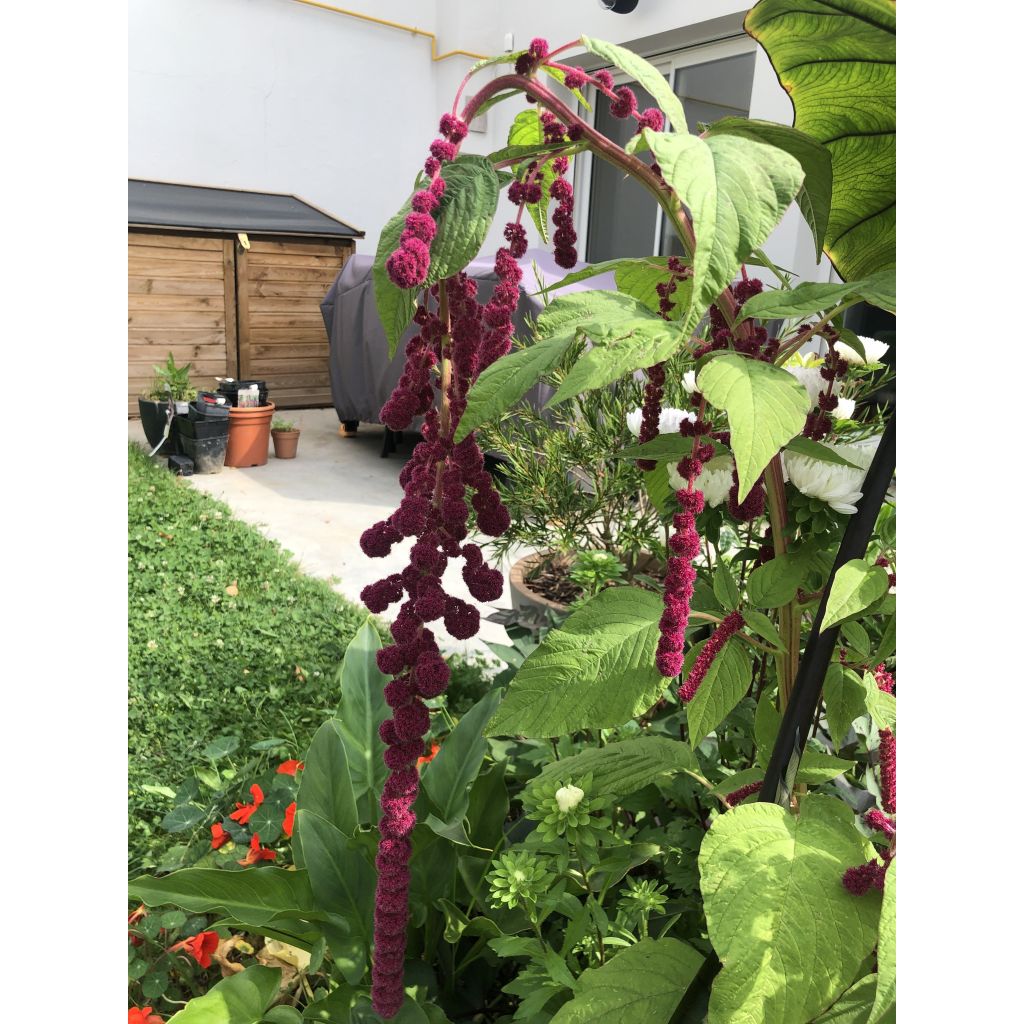

Amaranthus caudatus Dreadlocks Seeds - Love-Lies-Bleeding
Amaranthus caudatus Dreadlocks Seeds - Love-Lies-Bleeding
Amaranthus caudatus Dreadlocks
Foxtail Amaranth
Stunning flowering, some plants have reached over 1.60 m (5ft). They are still in flower (early October).
Régine, 03/11/2021
This plant carries a 6 months recovery warranty
More information
We guarantee the quality of our plants for a full growing cycle, and will replace at our expense any plant that fails to recover under normal climatic and planting conditions.
Seed-only orders are dispatched by sealed envelope. The delivery charge for seed-only orders is €3.90.
Delivery to Corse prohibited: UE law prohibits the import of this plant from mainland France to Corse as part of the fight against Xylella fastidiosa. Please accept our sincere apologies.
More information

Does this plant fit my garden?
Set up your Plantfit profile →
Description
Amaranthus 'Dreadlocks' is a highly original variety with long, drooping ropes of magenta blooms, gathered in round clusters. This eye-catching annual will liven up flower beds and borders all summer long. It is also an excellent cut flower for long-lasting fresh and dried floral arrangements. Easy to grow in a sunny location in well-drained, cool soil.
Amaranthus caudatus, commonly known as Love-Lies-Bleeding or Foxtail Amaranth, is an annual plant that belongs to the Amaranthaceae family. “Amaranthus” is the Greek word for "unfading" as flowers and leaves hold their colour remarkably well. It is native to South America, although some varieties originate from Australia and Eurasia. Amaranthus caudatus gibbosus or 'Dreadlocks' bears weeping flower tassels which can measure up to 40 cm in length. Each woolly tassel is studded with purplish pink clusters of flowers. The large, bushy plants can grow up to 80 cm tall. Both leaves and seeds are edible and highly nutritious.
Love-Lies-Bleeding is a spectacular plant that brings a unique, exotic note to arrangements and flower beds. It looks sensational when planted in groups. Choose a sunny location that is sheltered from strong winds, in well-drained, cool soil. Amaranthus are excellent cut flowers – avoid overfilling the vase and make sure to change the water often to prevent stem rot.
Report an error about the product description
Flowering
Foliage
Plant habit
Botanical data
Amaranthus
caudatus
Dreadlocks
Amaranthaceae
Foxtail Amaranth
Cultivar or hybrid
Other Amaranthus seeds
Planting and care
From March to May, sow in pots or seed trays at a temperature of 20-25°C. Use good quality sowing mix and cover with a fine layer of compost or vermiculite. Keep the soil moist but not soggy and make sure to give the seeds enough light to germinate. When the plants are strong enough to handle, transplant them into larger pots. When all risk of frost is over, they are ready to be planted out in their final location. Water regularly to maintain soil moisture, especially during dry spells. Alternatively, direct sow in the garden in April-May when the ground has warmed up and all risk of frost is over. Thin out when the seedlings have two true leaves, leaving approximately 30 cm between each plant. Germination takes 21 days on average.
Amaranthus caudatus is a heat-loving plant that likes nitrogen-rich soil. Choose a sunny spot that is sheltered from strong winds, with light, fertile soil. Make sure to not overwater as this can cause root rot.
Sowing period
Intended location
-
, onOrder confirmed
Reply from on Promesse de fleurs
Flower seeds
Haven't found what you were looking for?
Hardiness is the lowest winter temperature a plant can endure without suffering serious damage or even dying. However, hardiness is affected by location (a sheltered area, such as a patio), protection (winter cover) and soil type (hardiness is improved by well-drained soil).

Photo Sharing Terms & Conditions
In order to encourage gardeners to interact and share their experiences, Promesse de fleurs offers various media enabling content to be uploaded onto its Site - in particular via the ‘Photo sharing’ module.
The User agrees to refrain from:
- Posting any content that is illegal, prejudicial, insulting, racist, inciteful to hatred, revisionist, contrary to public decency, that infringes on privacy or on the privacy rights of third parties, in particular the publicity rights of persons and goods, intellectual property rights, or the right to privacy.
- Submitting content on behalf of a third party;
- Impersonate the identity of a third party and/or publish any personal information about a third party;
In general, the User undertakes to refrain from any unethical behaviour.
All Content (in particular text, comments, files, images, photos, videos, creative works, etc.), which may be subject to property or intellectual property rights, image or other private rights, shall remain the property of the User, subject to the limited rights granted by the terms of the licence granted by Promesse de fleurs as stated below. Users are at liberty to publish or not to publish such Content on the Site, notably via the ‘Photo Sharing’ facility, and accept that this Content shall be made public and freely accessible, notably on the Internet.
Users further acknowledge, undertake to have ,and guarantee that they hold all necessary rights and permissions to publish such material on the Site, in particular with regard to the legislation in force pertaining to any privacy, property, intellectual property, image, or contractual rights, or rights of any other nature. By publishing such Content on the Site, Users acknowledge accepting full liability as publishers of the Content within the meaning of the law, and grant Promesse de fleurs, free of charge, an inclusive, worldwide licence for the said Content for the entire duration of its publication, including all reproduction, representation, up/downloading, displaying, performing, transmission, and storage rights.
Users also grant permission for their name to be linked to the Content and accept that this link may not always be made available.
By engaging in posting material, Users consent to their Content becoming automatically accessible on the Internet, in particular on other sites and/or blogs and/or web pages of the Promesse de fleurs site, including in particular social pages and the Promesse de fleurs catalogue.
Users may secure the removal of entrusted content free of charge by issuing a simple request via our contact form.
The flowering period indicated on our website applies to countries and regions located in USDA zone 8 (France, the United Kingdom, Ireland, the Netherlands, etc.)
It will vary according to where you live:
- In zones 9 to 10 (Italy, Spain, Greece, etc.), flowering will occur about 2 to 4 weeks earlier.
- In zones 6 to 7 (Germany, Poland, Slovenia, and lower mountainous regions), flowering will be delayed by 2 to 3 weeks.
- In zone 5 (Central Europe, Scandinavia), blooming will be delayed by 3 to 5 weeks.
In temperate climates, pruning of spring-flowering shrubs (forsythia, spireas, etc.) should be done just after flowering.
Pruning of summer-flowering shrubs (Indian Lilac, Perovskia, etc.) can be done in winter or spring.
In cold regions as well as with frost-sensitive plants, avoid pruning too early when severe frosts may still occur.
The planting period indicated on our website applies to countries and regions located in USDA zone 8 (France, United Kingdom, Ireland, Netherlands).
It will vary according to where you live:
- In Mediterranean zones (Marseille, Madrid, Milan, etc.), autumn and winter are the best planting periods.
- In continental zones (Strasbourg, Munich, Vienna, etc.), delay planting by 2 to 3 weeks in spring and bring it forward by 2 to 4 weeks in autumn.
- In mountainous regions (the Alps, Pyrenees, Carpathians, etc.), it is best to plant in late spring (May-June) or late summer (August-September).
The harvesting period indicated on our website applies to countries and regions in USDA zone 8 (France, England, Ireland, the Netherlands).
In colder areas (Scandinavia, Poland, Austria...) fruit and vegetable harvests are likely to be delayed by 3-4 weeks.
In warmer areas (Italy, Spain, Greece, etc.), harvesting will probably take place earlier, depending on weather conditions.
The sowing periods indicated on our website apply to countries and regions within USDA Zone 8 (France, UK, Ireland, Netherlands).
In colder areas (Scandinavia, Poland, Austria...), delay any outdoor sowing by 3-4 weeks, or sow under glass.
In warmer climes (Italy, Spain, Greece, etc.), bring outdoor sowing forward by a few weeks.

































